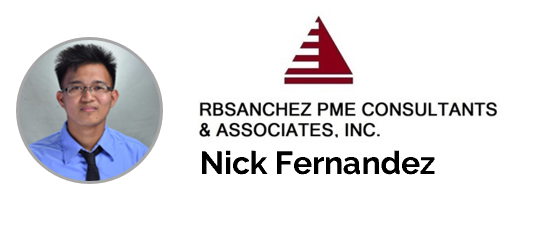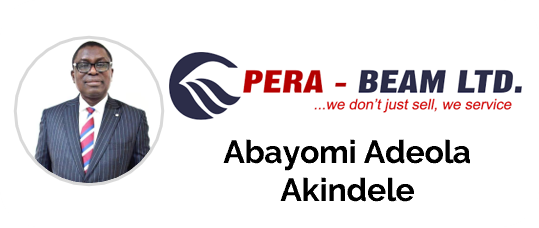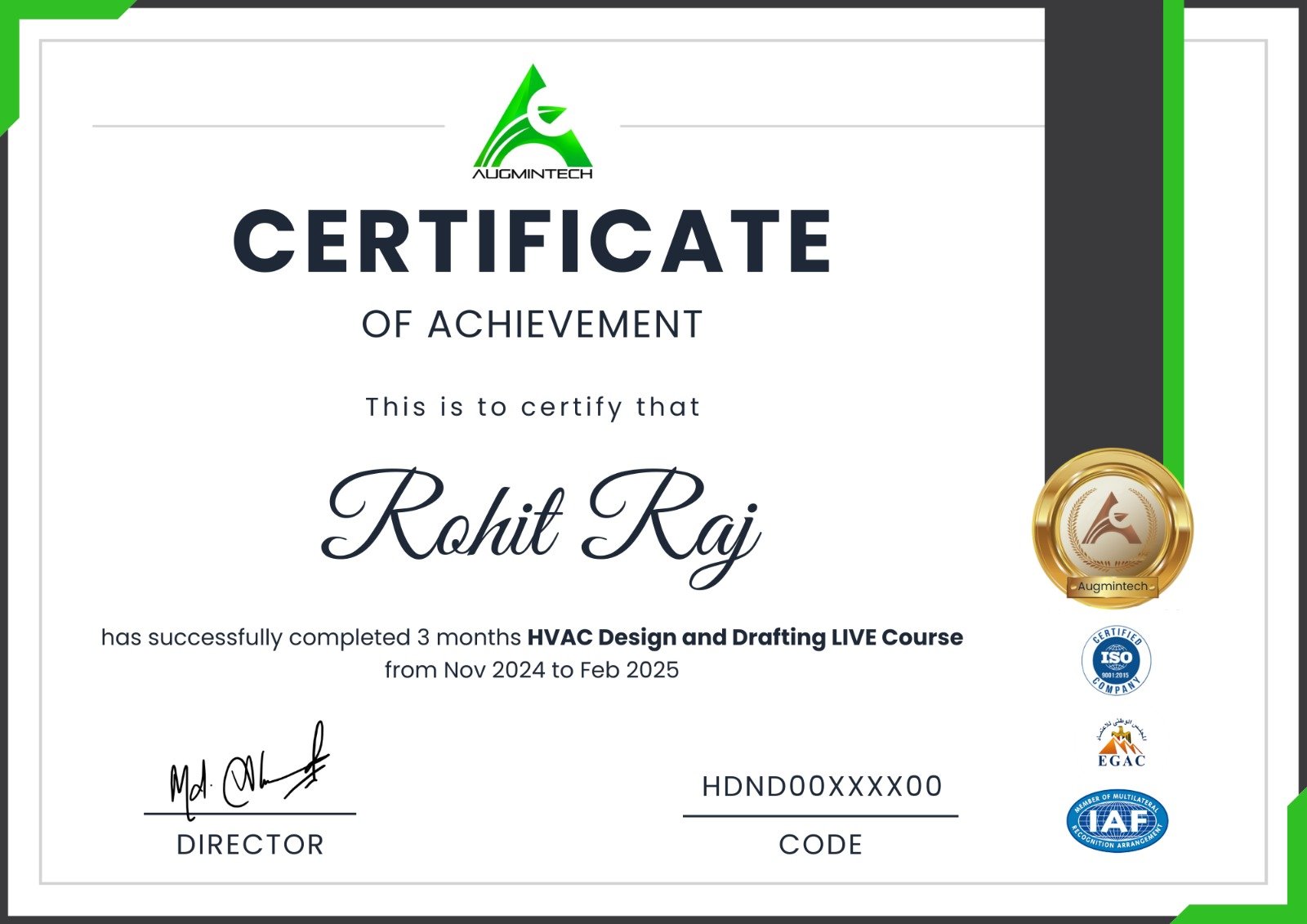Basics Concepts in HVAC
• Introduction to HVAC Principles
• Fundamentals of Heat Transfer
• Components of HVAC Systems
• Types of HVAC Systems
Psychrometry
• Definition and Importance of Psychrometrics
• Psychrometric Properties and Parameters
• Psychrometric Chart Interpretation
• Applications of Psychrometry in HVAC
Refrigerants
• Types of Refrigerants (CFCs, HCFCs, HFCs, etc.)
• Refrigerant Properties and Characteristics
• Environmental Impact and Regulations
• Refrigerant Selection Criteria
Air Conditioning
• Principles of Air Conditioning
• Types of Air Conditioning Systems (Split, Window,
Central, etc.)
• Components of Air Conditioning Systems
• Energy Efficiency Considerations
Fan
• Types of Fans (Centrifugal, Axial, etc.)
• Fan Characteristics and Performance
• Fan Laws and Efficiency
• Fan Selection Criteria
Pumps
• Types of Pumps (Centrifugal, Reciprocating, etc.)
• Pump Performance Parameters
• Pump Selection Criteria
• Pump Sizing and Efficiency Considerations
Heat Load Calculation Thumb Rule
• Overview of Heat Load Calculation
• Thumb Rules for Quick Estimation
• Limitations and Accuracy of Thumb Rules
Heat Load Calculation by O-General Methodd
• Introduction to O-General Method
• Steps for Heat Load Calculation using O-General
Method
• Assumptions and Limitations
• Example Calculation
Heat Load Calculation Manually
• Manual Heat Load Calculation Process
• Calculation Formulas and Equations
• Importance of Manual Calculation
• Verification and Validation Techniques
Heat Load Calculation by Excel Sheet
• Excel Spreadsheet Templates for Heat Load
Calculation
• Input Parameters and Formulas
• Benefits and Limitations
• Customization and Automation Features
Heat Load Calculation by HAP Software
• Introduction to Hourly Analysis Program (HAP)
• Software Features and Capabilities
• Input Data Requirements
• Output Analysis and Reports
Winter Load Calculation (Heating)
• Methods for Calculating Heating Load in Winter
Conditions
• Factors Affecting Winter Heat Load
• Heating System Design Considerations
• Energy Efficiency Strategies for Heating
Air Distribution System
• Types of Air Distribution Systems (Constant Air
Volume, Variable Air Volume, etc.)
• Airflow Patterns and Distribution Methods
• Ductwork Design Principles
• Balancing and Testing Procedures
Plenum Box
• Definition and Purpose of Plenum Box
• Types of Plenum Boxes
• Design Considerations and Sizing
• Installation and Maintenance Guidelines
Air Terminal Devices
• Types of Air Terminal Devices (Diffusers, Grilles,
Registers, etc.)
• Functionality and Applications
• Selection Criteria for Air Terminal Devices
• Integration with HVAC Systems
Duct Designing Methods
• Principles of Duct Design
• Duct Sizing Methods (Equal Friction, Static
Regain, etc.)
• Duct Layout and Routing Considerations
• Insulation and Sealing Requirements
Car Parking Ventilation
• Ventilation Requirements for Parking Areas
• Exhaust System Design Considerations
• Air Quality and Safety Measures
• Compliance with Building Codes
Toilet Ventilation System
• Importance of Ventilation in Toilets
• Toilet Exhaust Fan Sizing
• Odor Control Methods
• Compliance with Health and Safety Standards
Kitchen Ventilation System
• Ventilation Requirements for Commercial
Kitchens
• Kitchen Exhaust Hood Types
• Grease Filtration and Fire Safety Measures
• Make-up Air System Design Considerations
Stairwell Pressurization System
• Purpose and Benefits of Stairwell Pressurization
• Design Principles and Criteria
• Equipment Selection and Layout
• Emergency Operation and Maintenance
Transformer and Diesel Generator Room
Ventilation System
• Ventilation Requirements for Equipment Rooms
• Ventilation System Design Considerations
• Fire Safety Measures
• Equipment Selection and Installation Guidelines
Chilled Water System
• Components of Chilled Water System
• Chiller Types and Selection
• Chilled Water Distribution System Design
• Maintenance and Efficiency Considerations
Pump Head Calculation and Pump Selection
• Pump Head Calculation Methods
• Pump Curve Analysis
• Pump Selection Criteria
• Pump Efficiency and Performance Considerations
CAV and VAV
• Constant Air Volume (CAV) Systems
• Variable Air Volume (VAV) Systems
• Benefits and Drawbacks
• System Selection and Control Strategies
Cooling Tower
• Types of Cooling Towers
• Cooling Tower Components and Operation
• Cooling Tower Sizing and Selection
• Water Treatment and Maintenance Guidelines
Valves and Coil Selection
• Types of HVAC Valves (Control Valves, Shut-off
Valves, etc.)
• Coil Types and Applications (Heating Coils,
Cooling Coils, etc.)
• Selection Criteria for Valves and Coils
• Integration with HVAC Systems
VRV or VRF
• Variable Refrigerant Volume (VRV) / Variable
Refrigerant Flow (VRF) Systems
• System Components and Operation
• Benefits and Applications
• Design Considerations and Installation Guidelines
Desert Cooler Selection
• Evaporative Cooling Principles
• Types of Desert Coolers
• Sizing and Installation Considerations
• Energy Efficiency and Maintenance
ESP Calculation
• Definition and Importance of External Static
Pressure (ESP)
• ESP Calculation Methods
• ESP Adjustment and Optimization
• Impact on HVAC System Performance
Cold Storage
• Cold Storage Facility Types (Refrigerated
Warehouses, Cold Rooms, etc.)
• Refrigeration System Design Considerations
• Insulation and Temperature Control Methods
• Safety and Compliance Standards
BOQ (Bill of Quantities)
• Definition and Purpose of BOQ
• Components of a BOQ in HVAC Projects
• BOQ Preparation Process
• Importance of Accurate BOQ in Project
Management





























































